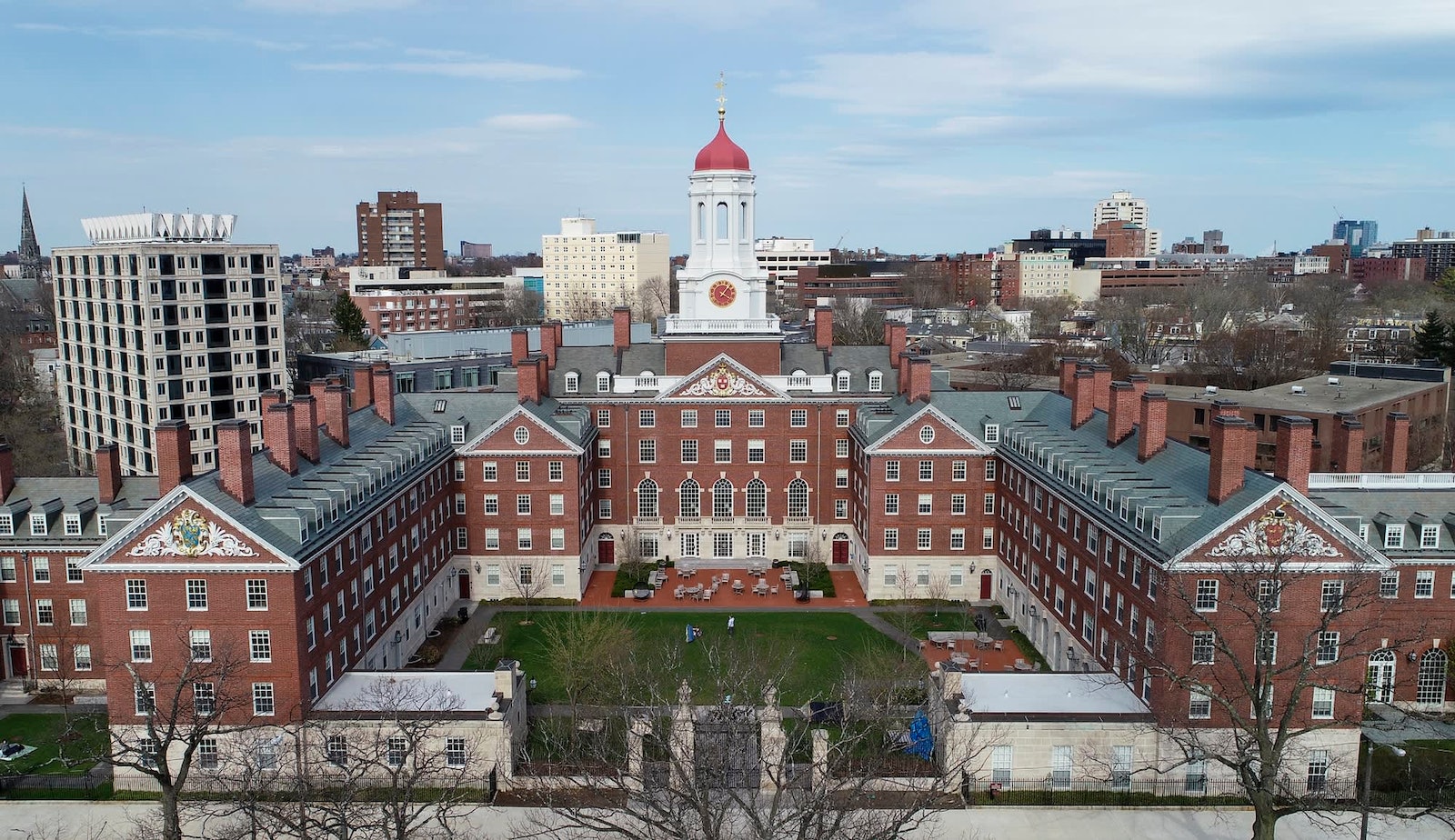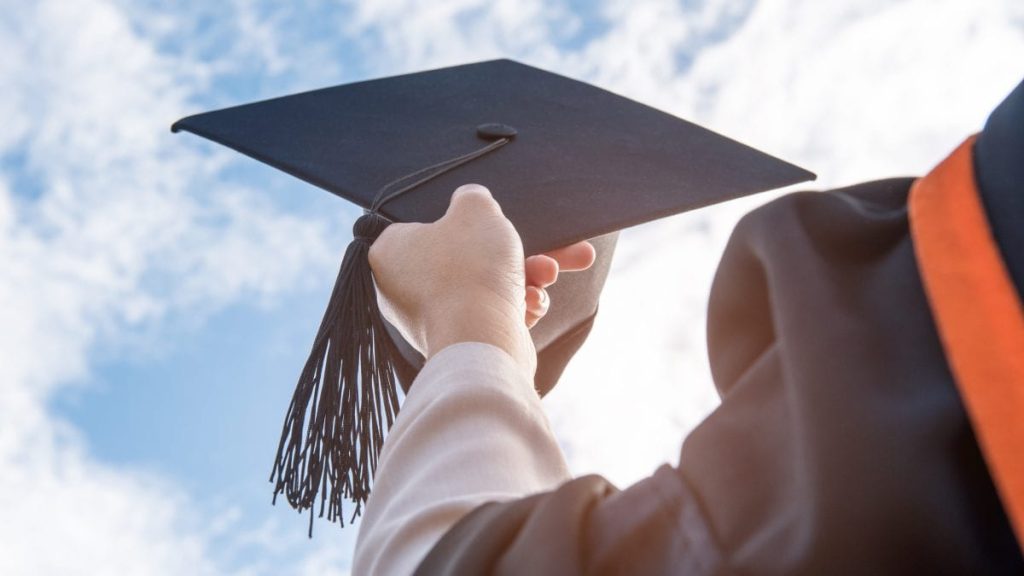Breaking Down Barriers to Higher Education Access for Disadvantaged Individuals

Disadvantaged individuals often encounter various barriers when trying to access higher education. These barriers can be complex and interconnected, stemming from socioeconomic, educational, and systemic factors. Here are some specific barriers commonly faced by disadvantaged individuals:
1. Financial Constraints: Financial barriers pose a significant challenge for many disadvantaged individuals. The cost of tuition, fees, textbooks, and living expenses can be prohibitive, making higher education financially out of reach. Limited access to financial aid, scholarships, and loans further exacerbates the financial burden.
2. Limited Educational Resources: Disadvantaged individuals may attend under-resourced schools that lack adequate academic support, including quality teachers, advanced coursework, and extracurricular opportunities. Limited access to rigorous educational resources can hinder academic preparation and readiness for higher education.
3. Information Gap and Lack of Guidance: Disadvantaged individuals often face an information gap regarding college options, application processes, and financial aid opportunities. Limited access to college counseling and guidance services can make it challenging to navigate the complex application procedures and understand the resources available.
4. Cultural and Language Barriers: Individuals from marginalized communities, immigrant backgrounds, or non-English speaking households may encounter cultural and language barriers that impede their access to higher education. Limited cultural familiarity with the college application process and language proficiency can hinder effective communication and understanding of requirements.
5. Academic Preparedness: Disadvantaged students may face academic challenges due to resource gaps, inadequate educational support, or socio-economic stressors. Unequal access to quality early childhood education, lack of educational support at home, and limited access to tutoring or test preparation resources can impact academic preparedness for higher education.
6. Inadequate Social Support: Disadvantaged individuals may lack a support system that understands and encourages higher education aspirations. Limited mentorship, role models, and peer support networks can affect their confidence and belief in their ability to succeed in higher education.
7. Socioeconomic and Responsibilities: Economic constraints often force disadvantaged individuals to prioritize work or family responsibilities over pursuing higher education. Balancing financial obligations, caregiving responsibilities, and the need to support themselves or their families can make it difficult to allocate time and resources for higher education pursuits.
8. Systemic Inequalities and Discrimination: Systemic barriers, including structural inequalities and discrimination, can disproportionately impact disadvantaged individuals. Factors such as racial or ethnic bias, institutional policies, and lack of representation in higher education can limit opportunities and perpetuate inequities.
Addressing these barriers requires a comprehensive and multi-faceted approach that includes targeted policies, financial support, mentorship programs, community partnerships, and efforts to promote inclusivity and diversity within higher education institutions. By recognizing and actively working to overcome these barriers, society can strive for a more equitable and accessible higher education landscape.



